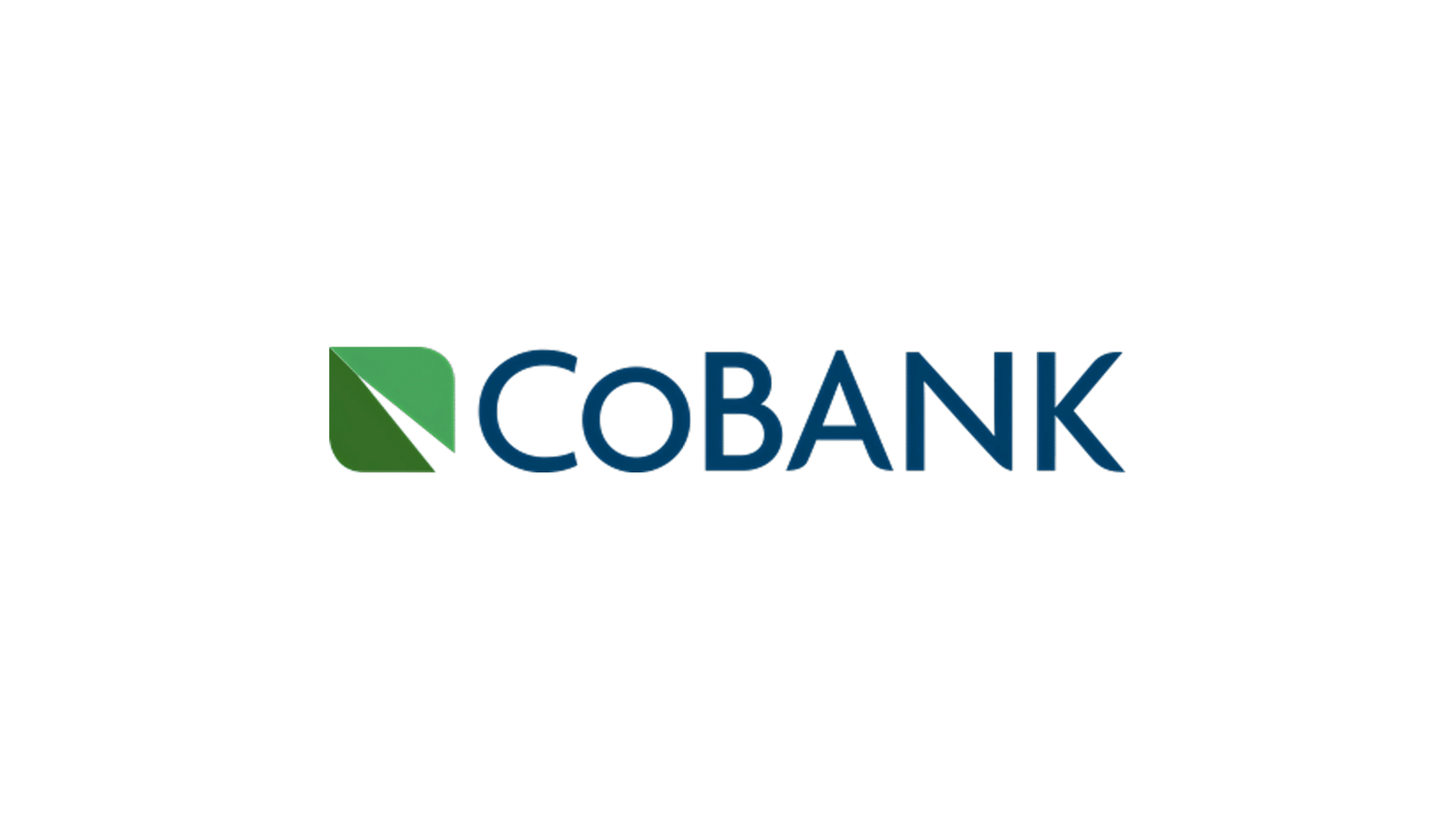Key Takeaways
- CoBank reports a notable decline in U.S. trade policy uncertainty, supported by lower volatility across financial markets.
- The effective import tariff burden is expected to fall further in 2026 as reductions on China and food imports take effect.
- AI-driven investment has contributed roughly 1% to U.S. GDP in 2025, though concerns persist about a potential market correction.
- CoBank forecasts continued economic stability in 2026, including lower inflation and further interest rate cuts.
- Sector-level trends indicate steady protein demand, challenging grain economics, and rising pressures across food, energy, and digital infrastructure.
U.S. Trade Policy Risks Decline Heading Into 2026 According To CoBank
Financial markets reflect reduced uncertainty
CoBank’s Knowledge Exchange reports that economic uncertainty linked to U.S. trade policy has eased significantly compared to the prior year. Volatility indicators for equities, bonds, and currencies have fallen to historically low levels, while corporate credit spreads remain tight.
The effective tariff rate stands at roughly 17%, though actual tax collected on imports is closer to 10%. According to CoBank, this figure is likely to decline as new bilateral agreements and reduced tariffs on China and imported food products take effect.
AI Investment Becomes a Central Market Driver
GDP boosted, but concerns about overheating remain
CoBank notes that direct investment in artificial intelligence and supporting infrastructure, along with wealth effects from a strong equity market, added an estimated 1% to U.S. GDP in 2025. Some analysts warn of a potential AI-driven bubble; however, CoBank’s Rob Fox states that strong corporate earnings and historically low debt levels suggest a broad correction is not the most likely outcome.
Economic Outlook for 2026: Moderating Inflation and Lower Rates
Markets adjusting to a new baseline
CoBank expects core inflation to continue declining in the second half of 2026, creating conditions for additional Federal Reserve rate cuts. Provisions in the One Big Beautiful Bill Act are projected to boost GDP by nearly one percentage point. Labor markets are normalizing, with wage growth near 4% and unemployment below 5%.
Sector Insights By CoBank: Agriculture, Food, Energy, and Digital Infrastructure
Grains and inputs
Ample global grain supplies continue to pressure prices, though demand is strengthening. High input costs may shift 2026 planting decisions toward soybeans.
Animal protein
Despite higher retail prices, demand is expected to remain strong, supported by improved feeding efficiencies and tighter livestock supplies.
Dairy
Protein, rather than butterfat, is expected to drive milk check values, with processors managing oversupplied butterfat inventories.
Food & beverage
Restaurant performance is softening, while manufacturers face rising reformulation costs due to pressures to reduce artificial ingredients.
Power & energy
Rising electricity demand is prompting federal action to standardize interconnection processes for large customers, including data centers.
Digital infrastructure
AI expansion is accelerating hyperscale data-center development in rural America, offering long-term economic opportunities alongside local tradeoffs.
Read the entire report by CoBank.



